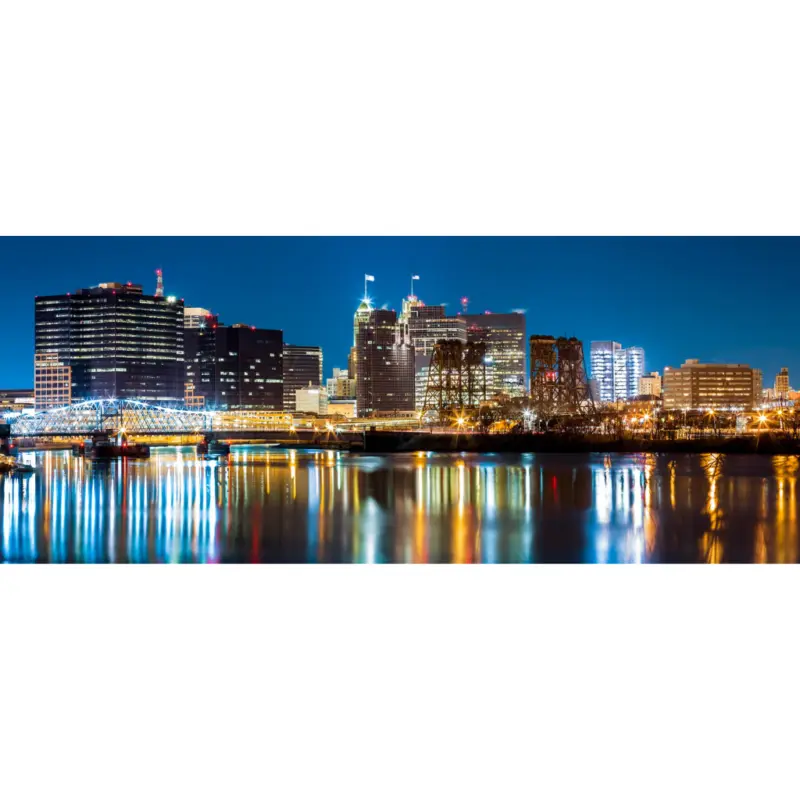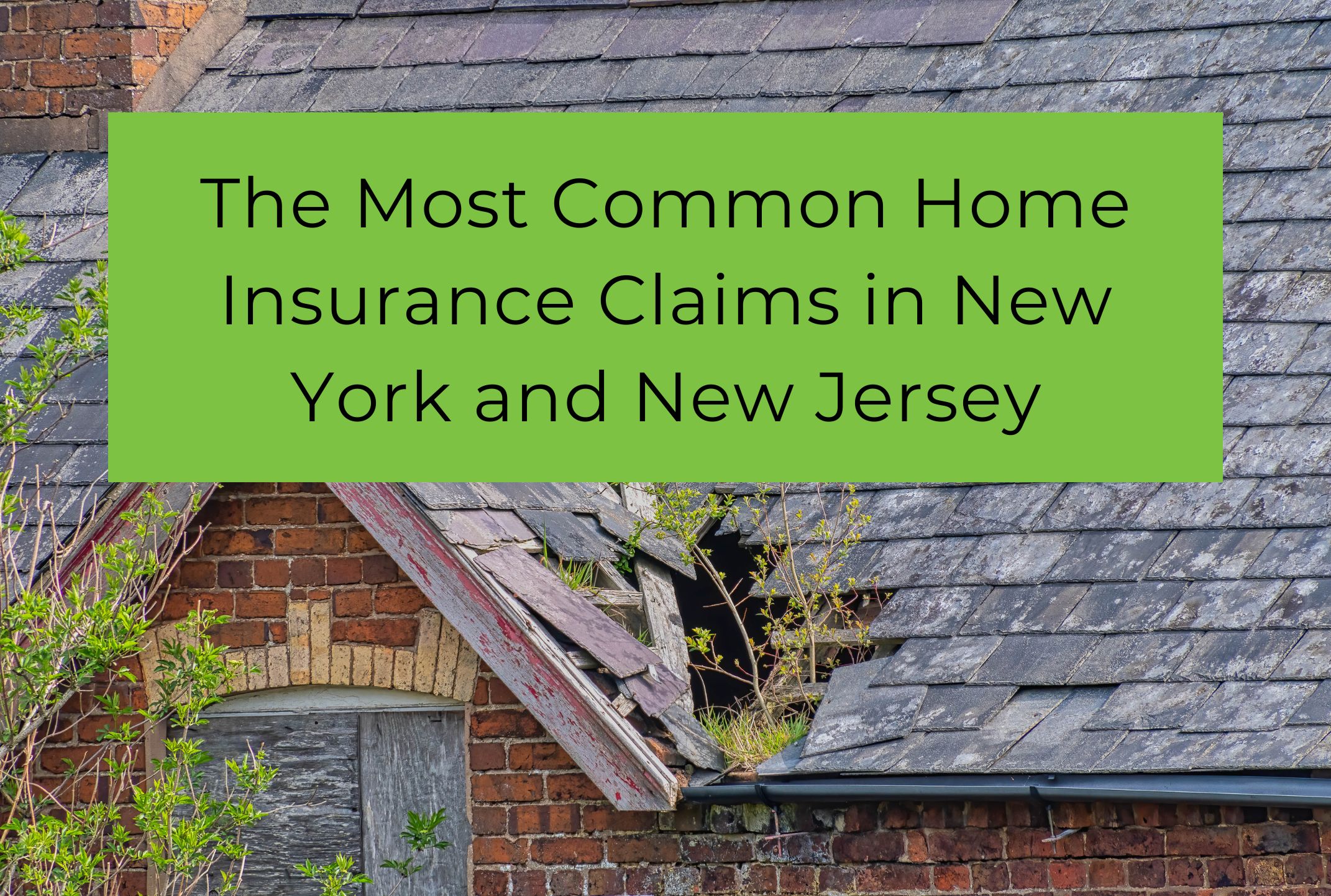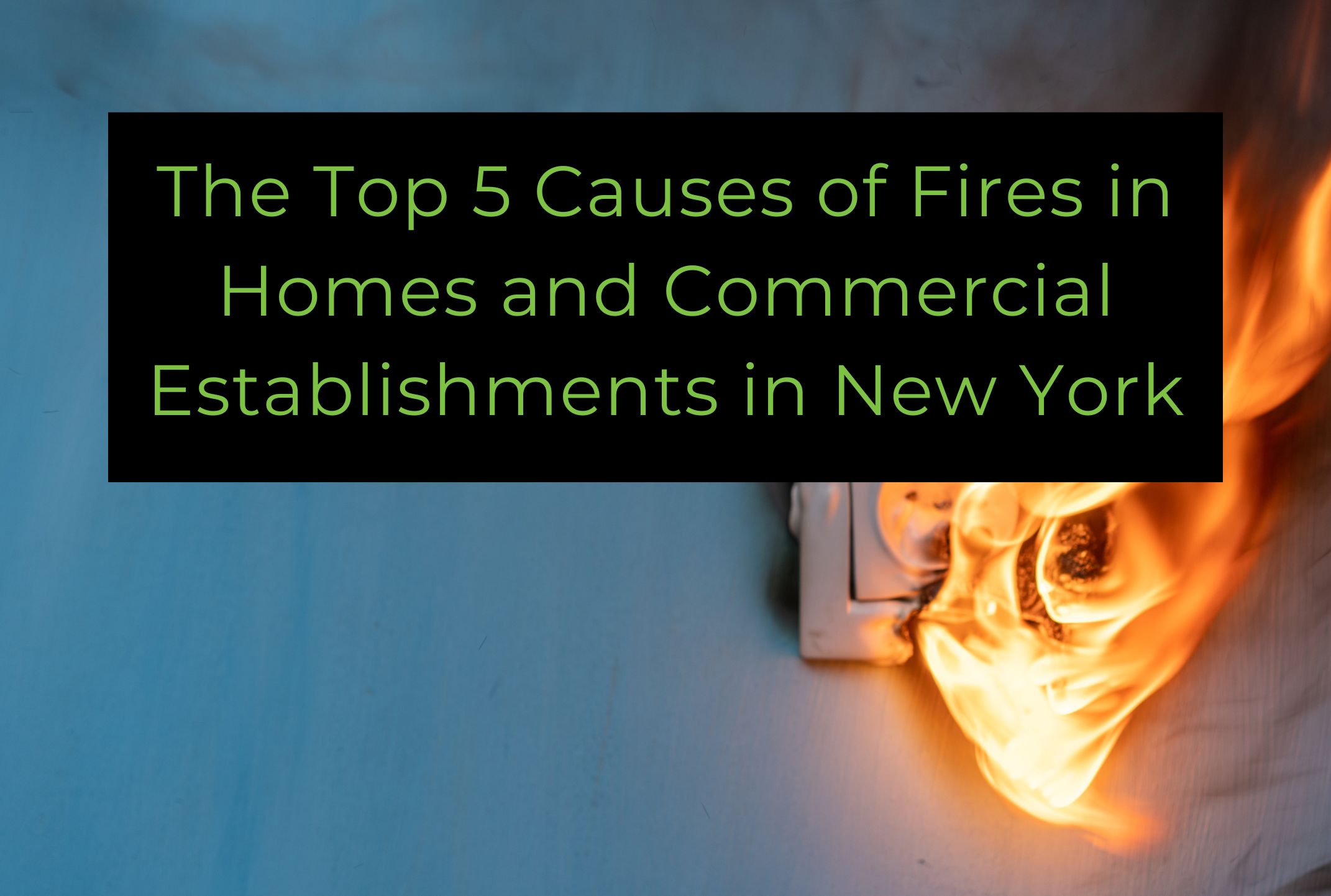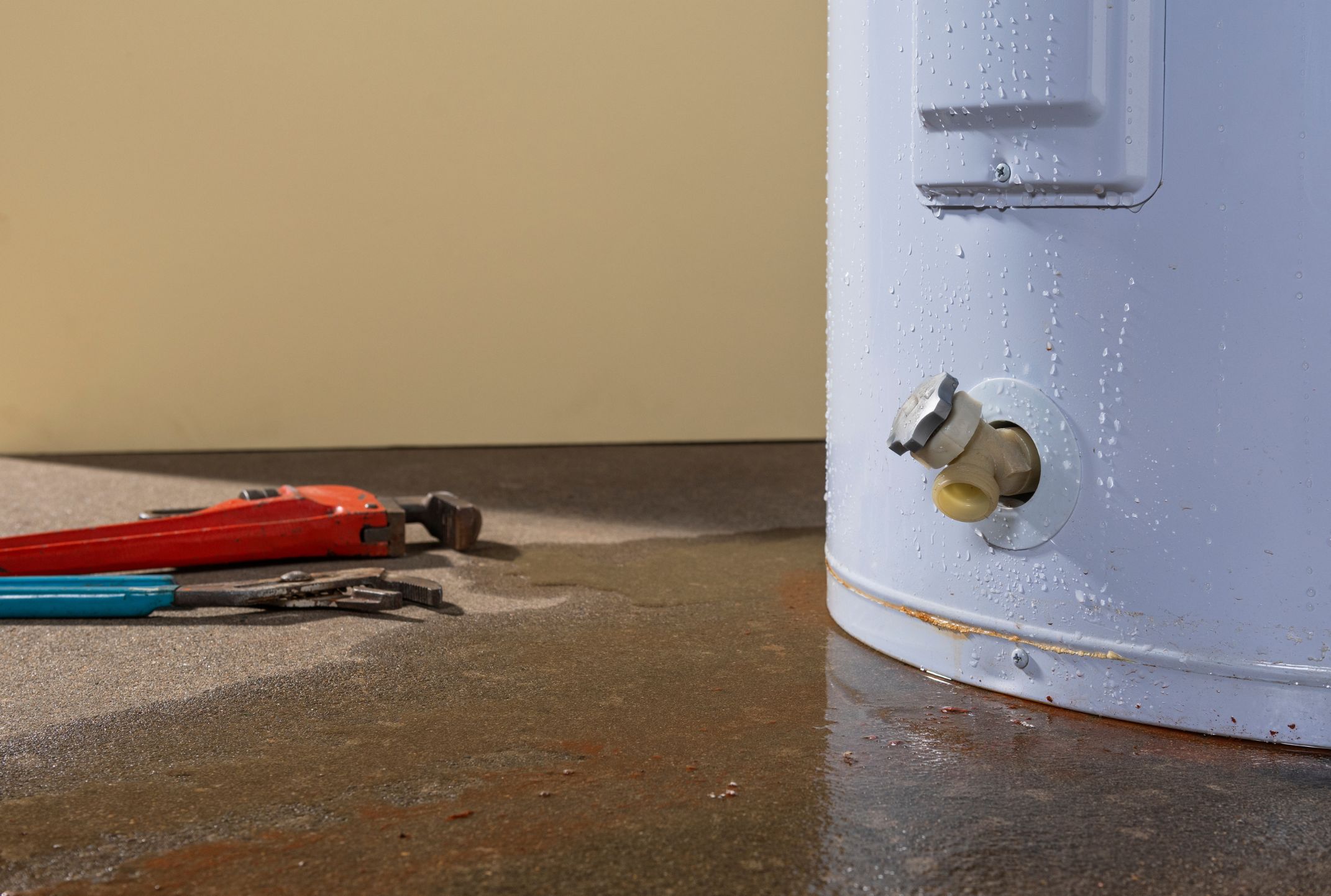Understanding Mold: Types, Signs, Prevention, and Remediation
An integral aspect of property damage restoration is a comprehensive understanding of the pervasive yet often underestimated adversary: mold. Mold is usually present in areas affected by water damage or fire incidents. Beyond structural implications, mold poses potential threats to health.
This comprehensive article talks about mold in the context of property damage restoration.
What is mold?
Mold, a type of fungus, is a common household issue characterized by the growth of multicellular filaments known as hyphae. Understanding its nature and impact is crucial for maintaining a healthy living environment.
Mold can lead to various health concerns, structural damage, and reduced indoor air quality. Addressing mold issues promptly is essential for preventing adverse effects on both property and occupants.

Common Misconceptions about Mold
It is important to dispelling myths surrounding mold. Clarifying these misconceptions can empower you to make informed decisions about prevention, detection, and remediation.
Types of Mold
When speaking of mold, they are usually divided into two kinds – black mold and white mold. But what do these terms actually mean?
The terms “white mold” and “black mold” are general descriptors based on the color of the mold, but they don’t refer to specific species. Mold can appear in various colors, and the color alone doesn’t determine its toxicity or health risks. Here’s a breakdown:
There are thousands of mold species, each with unique characteristics. Exploring the common types found in households provides valuable insights into their potential risks. Certain molds produce mycotoxins that can pose health risks.
Understanding these risks is crucial for individuals with respiratory conditions or compromised immune systems.
Types of Mold Found In Homes
It’s important to note that the presence of mold in homes is common, and not all molds are harmful. However, identifying the type of mold and addressing it promptly, especially in the case of toxic molds, is crucial for maintaining a healthy indoor environment.
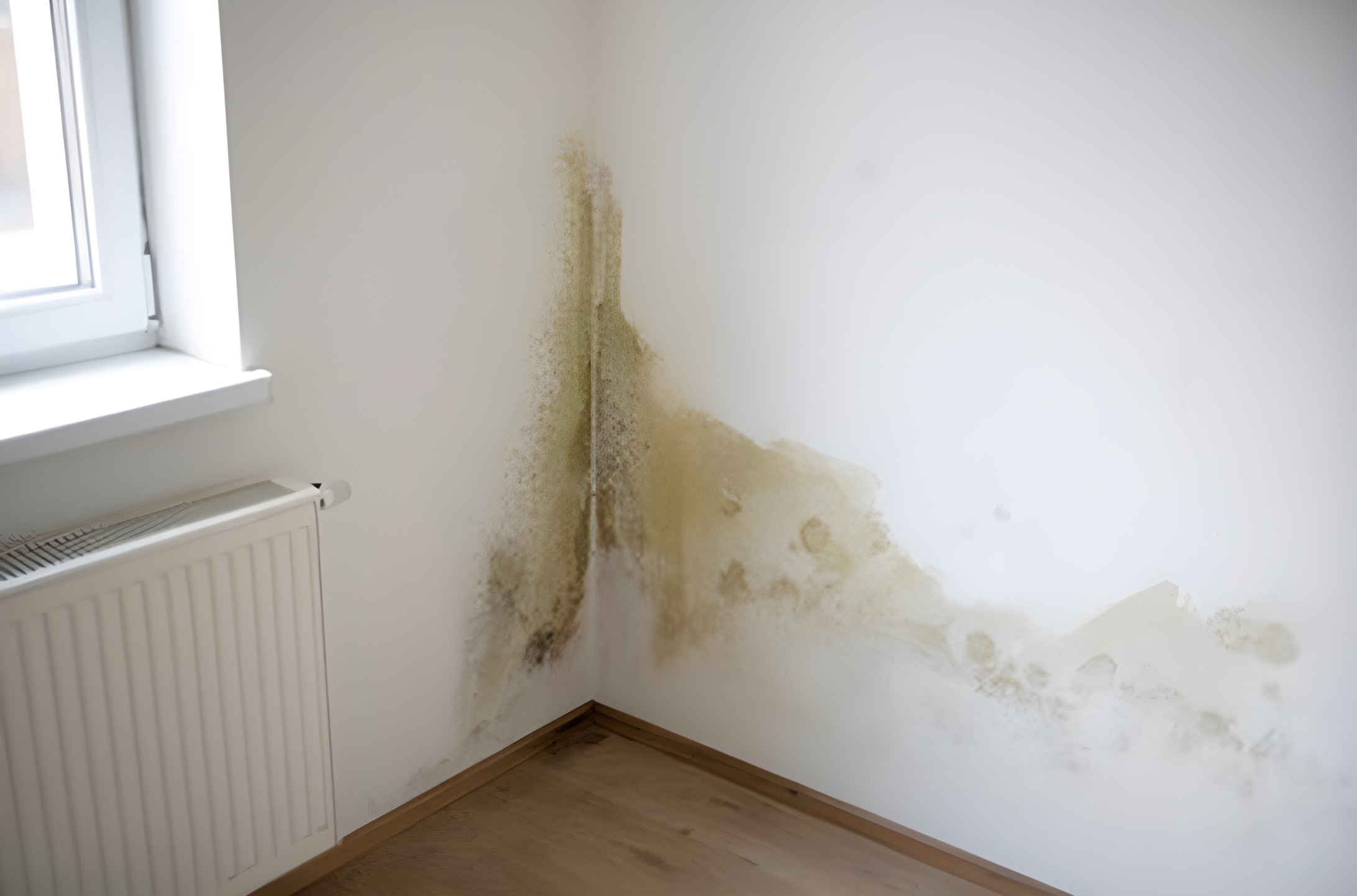
Causes of Mold Growth
Being vigilant about these signs can help homeowners identify and address mold issues promptly, preventing further damage and potential health risks. Regular inspections and maintenance, especially in areas prone to moisture, are key to managing mold infestations.

